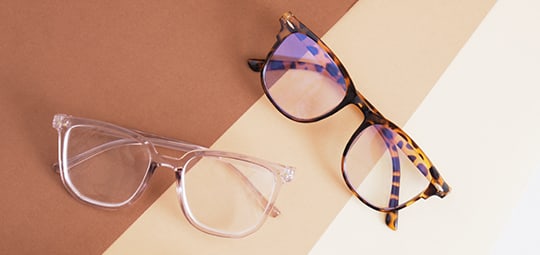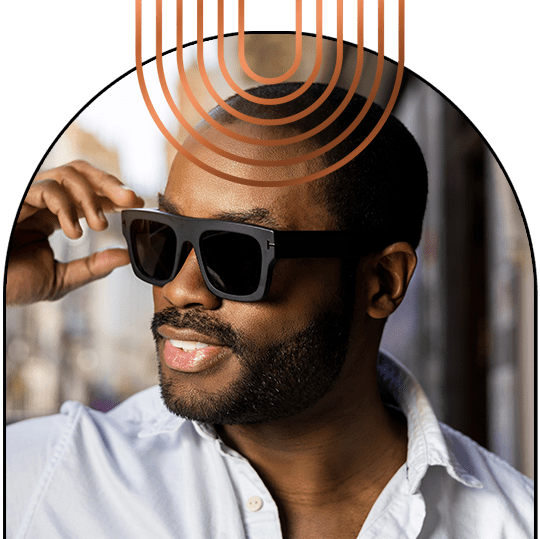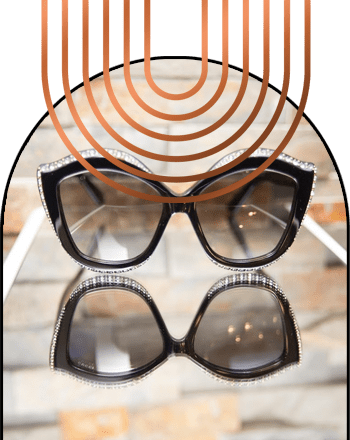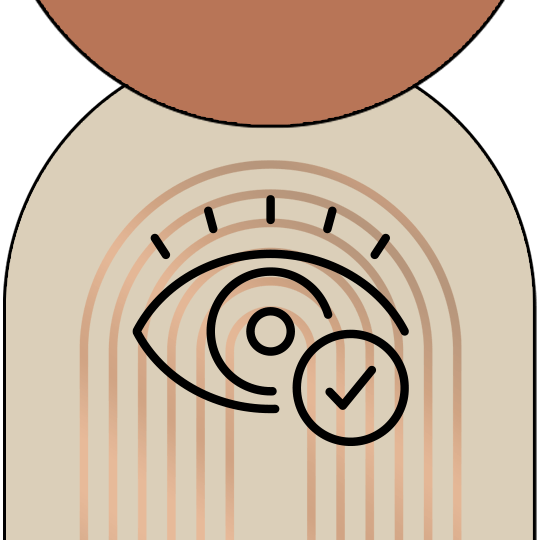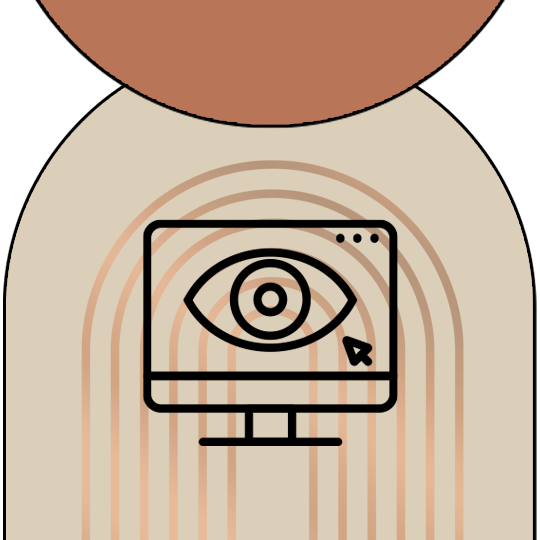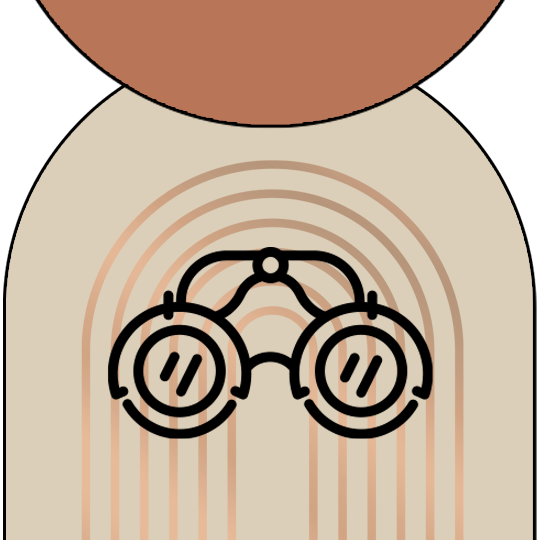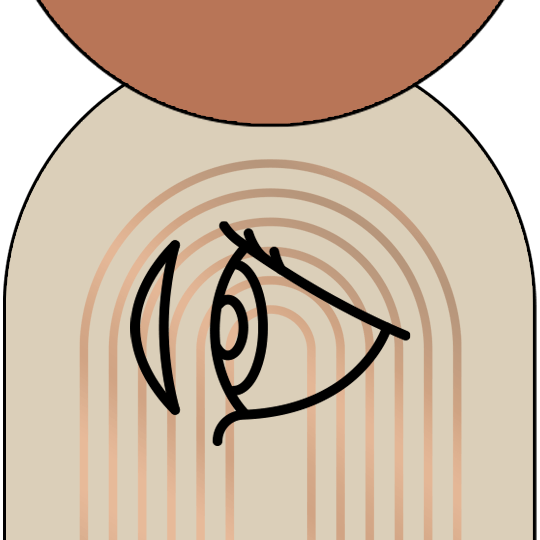Your Comprehensive Eye Care Partner
Your eyes play a vital role in your overall health, and that’s why we’re dedicated to providing care that caters to your unique vision needs. At Conroy Optometric Centre, we strive to be your family’s go-to destination for comprehensive eye care in Ottawa. With decades of experience and a keen eye for modern quality, we offer a wide range of services, from thorough eye exams to trend-setting eyewear. Visit us and see the difference for yourself.
Request Appointment

Health-Focused Vision Care
At Conroy Optometric Centre, we take vision seriously. But we also take you seriously. We see you as a whole person—not just a set of eyes. Our eye doctors and opticians take the time to get to know you, building relationships that help us understand your vision needs.
With our diagnostic technology and in-depth knowledge of eye care, we work hard to help you manage your vision so that you can see the world more clearly. Good vision is a vital part of a happy, healthy life, and we’re committed to helping you achieve it.
Request Appointment
Our Brands


